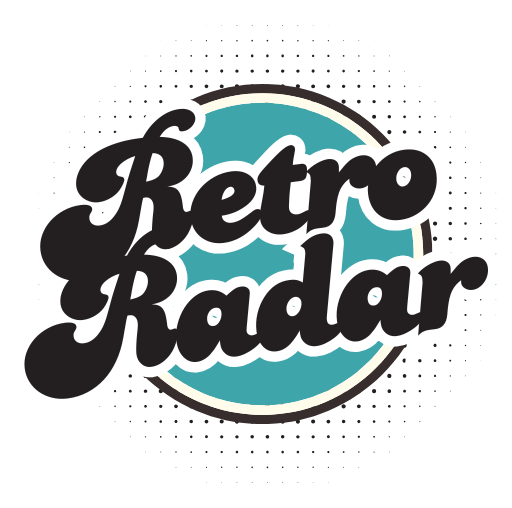19 Things Boomers Did With Phone Books That Gen Z Can’t Even Fathom
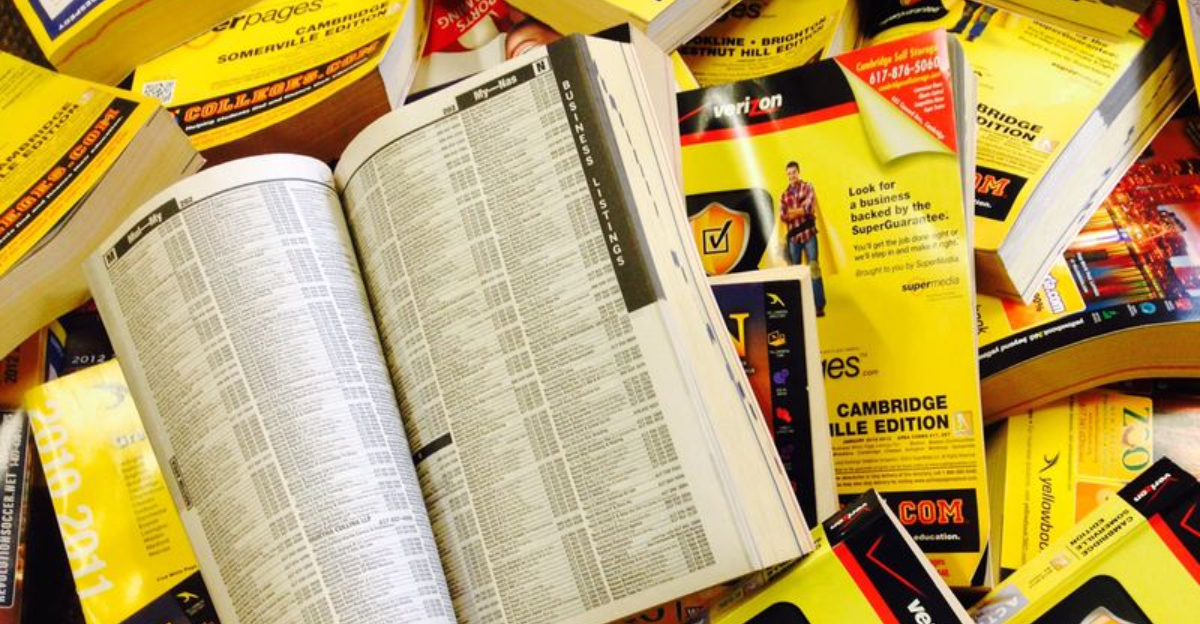
Remember those massive yellow tomes that would magically appear on your doorstep every year? As a kid growing up in the ’70s, I looked forward to the annual phone book delivery with surprising excitement. To most people, it was just a directory of phone numbers, but to my generation, it was a multi-purpose marvel.
These hefty volumes weren’t just for finding who lived where—they doubled as booster seats at the dinner table, makeshift step stools for hard-to-reach cupboards, or weights to press down a stubbornly wrinkled poster. Some of us even tore out pages for impromptu art projects or used them as props in childhood games.
In a pre-Google world, flipping through those fine-print pages was an oddly satisfying ritual, whether you were prank calling strangers or searching for the number to the local pizza joint. Today’s smartphone generation might scoff, but back then, the phone book was practically a household hero.
1. Boosting Kids at the Dinner Table
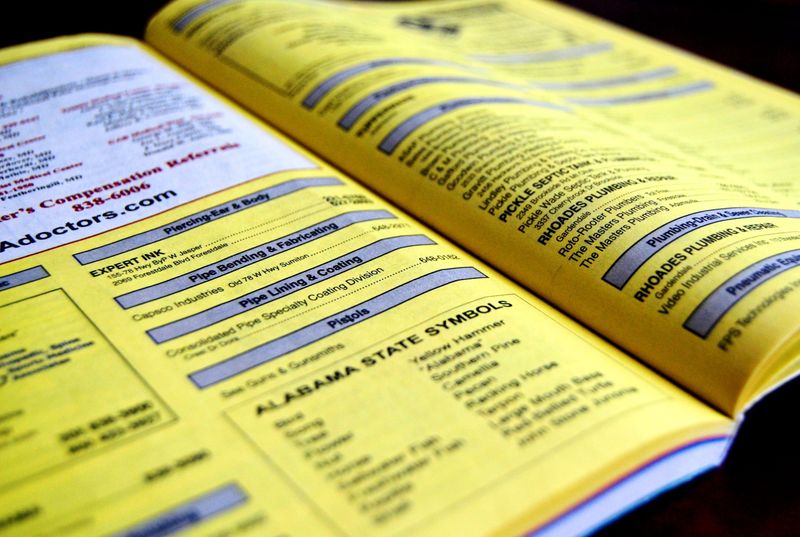
Nothing says “improvised parenting solution” quite like the stack of phone books I used as a booster seat for my little brother Tommy. Mom would pile two or three Yellow Pages on a chair, creating an instant height adjustment that kept him level with his mashed potatoes.
These makeshift boosters were surprisingly sturdy! They didn’t slide around like cushions and provided just the right elevation for small children to reach the table properly. Plus, they were waterproof and easy to wipe clean.
When visiting relatives who didn’t have proper booster seats, parents would instinctively reach for the phone book. It was universal childcare equipment hiding in plain sight—practical, free, and available in virtually every American household.
2. Ripping Them Apart to Show Strength
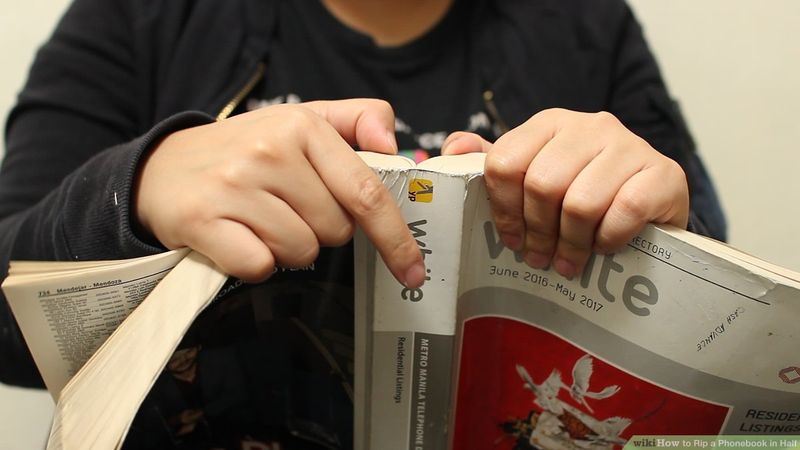
Muscle-bound uncles at family gatherings loved showing off by tearing phone books in half. My Uncle Frank would flex dramatically, grab the Yellow Pages, and with a red-faced grunt, rip the massive directory down its spine while we kids watched in awe.
This feat of strength became something of a suburban party trick. The technique involved bending the book backward to create tension, then using leverage more than raw power—though we didn’t know that secret at the time!
Neighborhood dads would challenge each other after a few beers, creating impromptu strength competitions in basement rec rooms. The thicker the book, the more impressive the tear. These displays seemed like superhuman feats to us impressionable youngsters who could barely lift the hefty tome, let alone destroy it with bare hands.
3. Looking Up Movie Times
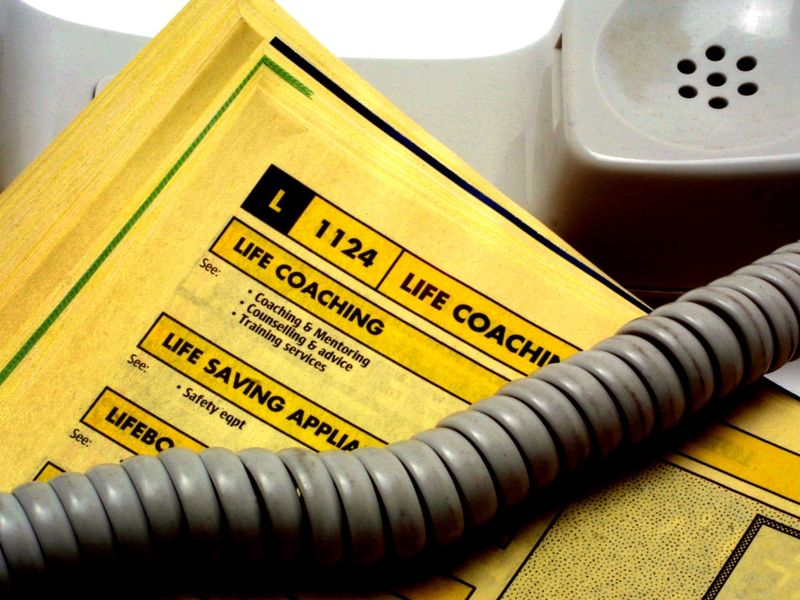
Friday nights meant flipping frantically through the Yellow Pages to find movie listings. I’d sprawl on the shag carpet, phone book splayed open to the theater section, scanning tiny print to see if “Back to the Future” was playing at 7:15 or 9:30.
The theater ads included miniature movie posters alongside showtimes, creating a weekly treasure hunt for entertainment options. No instant Google results—just paper cuts and ink-smudged fingers as rewards for your research efforts.
Planning required actual effort! You’d need to call friends on the landline, coordinate pickup times, and sometimes even phone the theater directly to confirm if tickets were still available. The spontaneity of modern movie-going didn’t exist—we committed to our entertainment choices hours or even days in advance after consulting those sacred yellow pages.
4. Doorstops That Never Failed
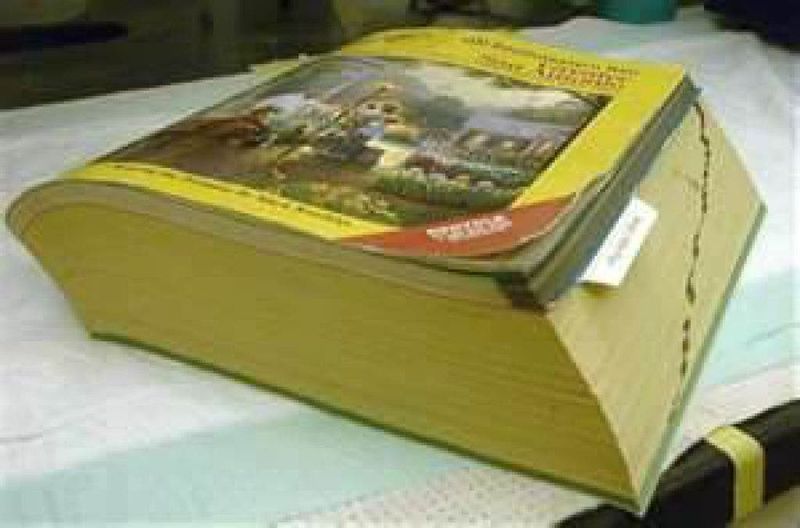
Heavy doors stood no chance against the mighty phone book doorstop! My dad’s workshop door constantly swung shut from the breeze, so he positioned a chunky Bell System directory right in the gap—problem permanently solved.
These impromptu doorstops worked in all weather conditions. Unlike wooden wedges that warped or rubber stops that degraded, phone books maintained their structural integrity through countless door openings. Their paper construction somehow provided the perfect combination of weight, friction, and give.
College dorm rooms across America featured these yellow sentinels keeping doors propped during move-in days and floor socials. The humble phone book transcended its informational purpose to become functional architecture—holding space between rooms and creating openness where building design had intended closure. They were the original smart home device, no batteries required!
5. Pressing Flowers and Leaves

Autumn leaf collections found their perfect preservation tool between phone book pages. I still remember carefully arranging maple leaves with their fiery orange tips inside the business listings section, then stacking heavy encyclopedias on top for good measure.
The absorbent paper pages drew moisture from delicate plant specimens while applying gentle, even pressure. Two weeks later, you’d cautiously open to your marked page and discover perfectly preserved botanical treasures, ready for school projects or scrapbooks.
Grandmothers especially loved this technique for pressing corsage flowers from special occasions. Wedding roses, prom orchids, and anniversary carnations all found their final resting place between residential and business listings. These botanical time capsules preserved memories alongside the names and numbers of long-forgotten neighbors—dual archives of personal and community history pressed between yellow covers.
6. Finding Someone’s Address to Send Christmas Cards
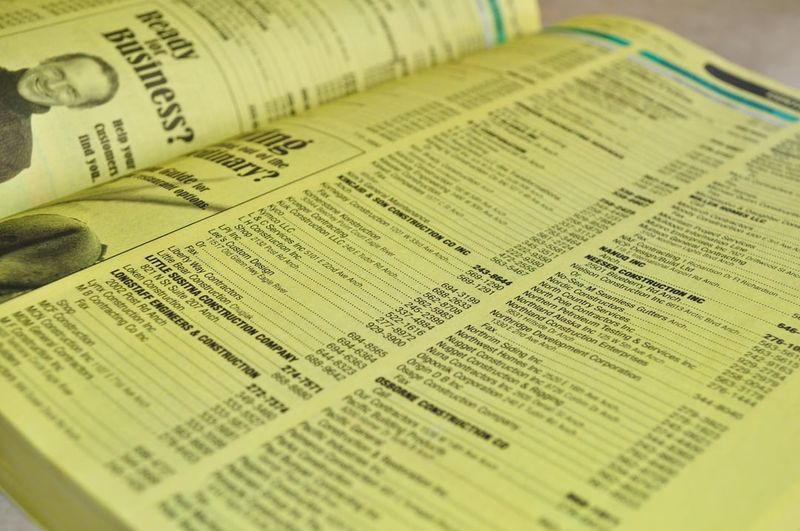
Christmas card season meant diving into the White Pages with determination! I’d sit at the kitchen table with Mom’s address book, a pen, and the phone directory, hunting down addresses for the neighbors who’d moved away or distant cousins we only contacted annually.
The residential listings became a festive detective game. You’d scan column after column of tiny print, looking for that familiar surname, then narrowing it down by first initial or street location. Success felt like winning a mini-lottery—”Found them! The Hendersons moved to Oakwood Drive!”
Family arguments would erupt over which listing was the correct one. “That can’t be Uncle Phil—he wouldn’t live on the east side!” The White Pages settled disputes about who lived where, serving as the analog version of contact management before digital address books made everything searchable with a keystroke.
7. Swatting Flies and Bugs
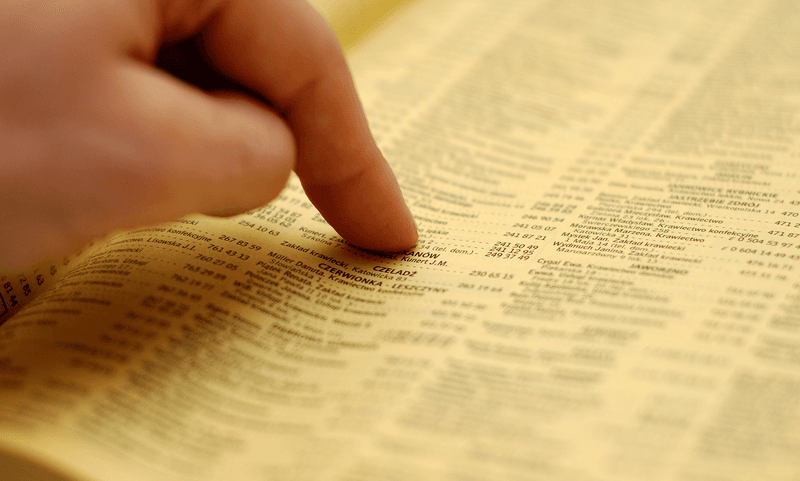
Roll up a phone book and you’ve got the world’s most effective fly swatter! My grandmother could nail a housefly mid-flight with her precision-rolled Yellow Pages, developed from years of practice in her farmhouse kitchen.
The density provided satisfying squashing power while the length offered excellent reach. You could extend your bug-killing radius by several feet without leaving your chair. Unlike those flimsy plastic swatters that bent upon impact, a phone book maintained its structural integrity through hundreds of insect assassinations.
Summer evenings on the porch meant keeping the rolled directory handy as mosquitoes and moths invaded our space. The distinctive *WHAP* sound of phone book meeting wall became the soundtrack of July nights. Bug guts wiped off the glossy cover easily, ready for the next aerial intruder that dared enter our defended territory.
8. Tracing Shapes for Art Projects
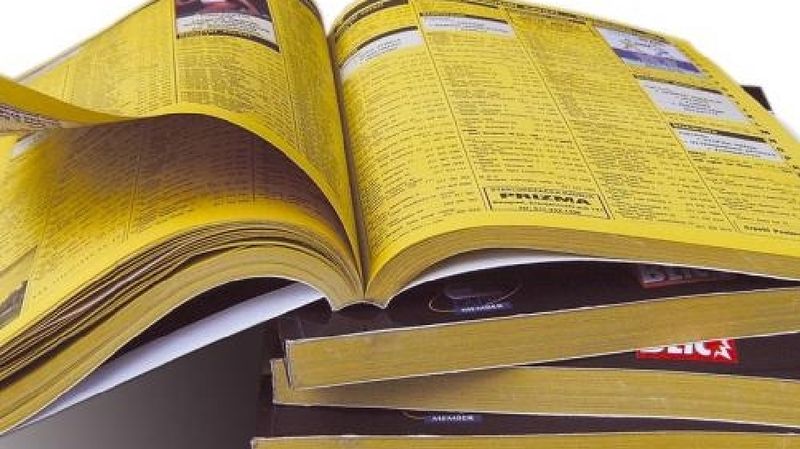
Art class salvation came in the form of phone book pages! When my third-grade teacher announced we needed to trace and cut out 50 identical shapes for our collage project, I raided our kitchen drawer for the community directory.
Those tissue-thin pages were perfect for tracing templates. You could see right through them when placed over a drawing, creating instant carbon-copy capability without special tracing paper. The pages tore out easily and could be folded multiple times without breaking.
School projects flourished thanks to this readily available resource. We’d trace holiday symbols, geometric shapes, or hand patterns onto phone book pages, then transfer them to construction paper by drawing around the cutouts. Resourceful moms would even use phone book paper for homemade sewing patterns, tracing clothing outlines to create economical fashion duplicates before Pinterest tutorials existed.
9. Emergency Kindling for Fires
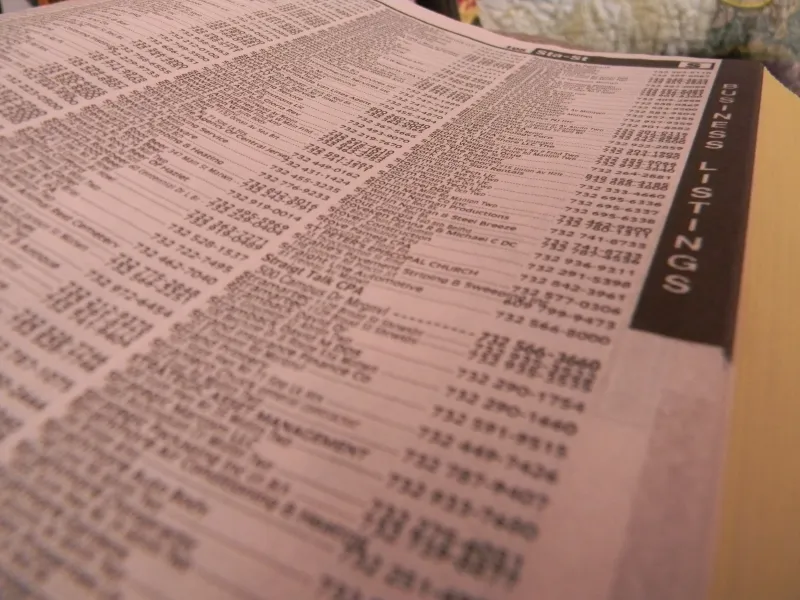
Camping trips always included last year’s phone book tucked beside the firewood. My father, ever the practical outdoorsman, swore those densely packed pages were better than newspaper for starting stubborn campfires in damp conditions.
The secret lay in the thin pages with high ink content. You’d tear out individual sheets, crumple them loosely to create air pockets, then build a teepee of kindling around this paper core. The pages burned slowly enough to ignite larger sticks but intensely enough to dry out slightly damp wood.
Winter power outages transformed our emergency phone book stash into household heroes. When the electricity failed during a blizzard of ’79, Dad tore sections from the Yellow Pages to start our fireplace. We huddled around that phone book-fueled blaze for warmth, reading listings by firelight while waiting for utility crews to restore power.
10. Checking if a Business Was Legitimate
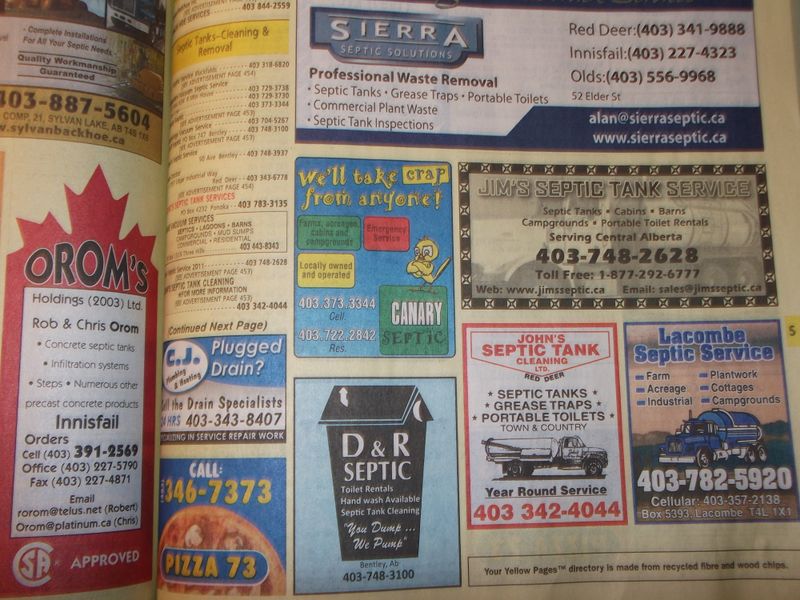
“Let me check if they’re in the book” was Dad’s standard response whenever a questionable business called offering driveway sealing or roof repairs. The Yellow Pages served as our pre-internet verification system—if a company invested in a listing, they probably weren’t fly-by-night scammers.
The size of the ad carried weight too! Businesses with full-page spreads seemed more established than those with just a line listing. We’d examine the address, looking for physical locations instead of just phone numbers, applying consumer detective skills before ordering services.
Mom taught me to check multiple categories when researching businesses. A reputable plumber might appear under “Plumbing,” “Water Heaters,” and “Bathroom Remodeling”—triple verification of their established presence. This analog due diligence process protected families from scams and created consumer confidence decades before online reviews and Better Business Bureau websites became our trust indicators.
11. Memorizing Your Own Phone Number
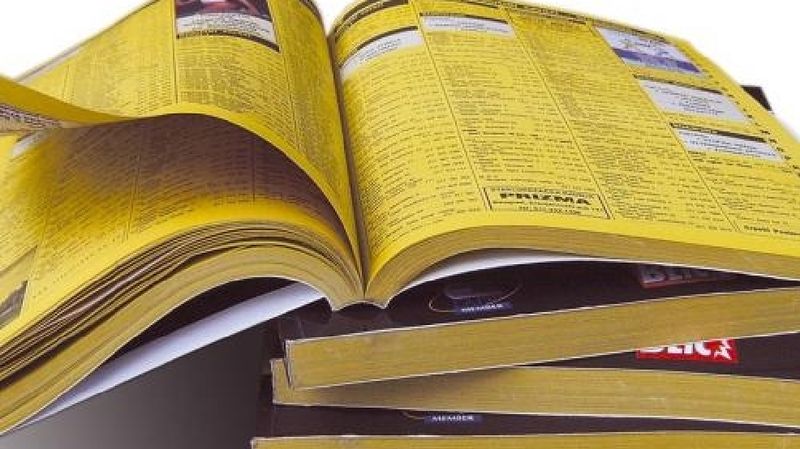
Finding your family’s listing in the White Pages felt like celebrity spotting! I’ll never forget the pride I felt at age seven when I located “Donovan, Richard & Betty” in the residential section, proof that we officially existed in the community record.
Parents used this moment as a teaching opportunity. “That’s our phone number right there—555-8942. You need to memorize it in case you ever get lost.” Long before cell phones, knowing your home number was essential childhood knowledge, drilled into us alongside our address and parents’ full names.
The physical act of seeing your family name in print carried surprising emotional weight. It connected you to the larger community tapestry—your household officially documented alongside neighbors, teachers, and the local doctor. For kids, finding your listing was confirmation of belonging, a tangible representation that your family had roots and recognition in the shared social directory.
12. Choosing a Contractor or Service Provider

Selecting a plumber meant spreading the Yellow Pages across the kitchen table for a family decision-making summit. The quarter-page ad with the cartoon dripping faucet always caught my eye, but Mom insisted on calling at least three listings to compare prices.
These directory advertisements were information goldmines! You could quickly identify which electricians offered 24-hour emergency service or which landscapers specialized in rock gardens. The most successful businesses created memorable ads with distinctive borders, logos, or slogans that burned into local consciousness.
Thumbing through those yellow pages left physical evidence of your search history—ink smudges and dog-eared corners marking frequently referenced categories. Certain sections showed more wear than others, particularly in seasons of home improvement or after appliance failures. The pizza delivery section in our house was practically translucent from repeated use during Friday night dinner emergencies.
13. Making Confetti for Celebrations
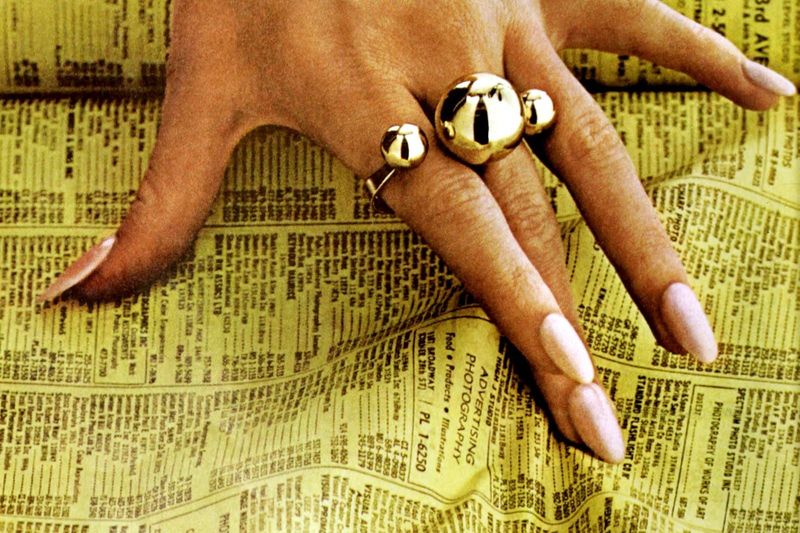
Party preparation in 1975 meant scissors, phone books, and patience! My sister’s sweet sixteen decorations featured homemade confetti created from colorful phone book advertisements. We’d snip yellow, red, and blue business listings into tiny squares for hours, creating festive table scatter without spending a dime.
The yellow pages offered a rainbow of options if you knew where to look. Real estate sections had distinctive backgrounds, restaurant pages featured food imagery, and auto dealers used bold colors that translated into vibrant confetti pieces. Our fingers would cramp from cutting, but the free decorations were worth the effort.
Wedding receptions sometimes featured this economical decoration hack. Bridesmaids would gather for confetti-cutting parties, transforming outdated directories into celebration sprinkles while gossiping about the upcoming nuptials. The resulting phone book confetti created memorable send-offs for newlyweds—biodegradable and nostalgic all at once.
14. Prank Calling Random Numbers
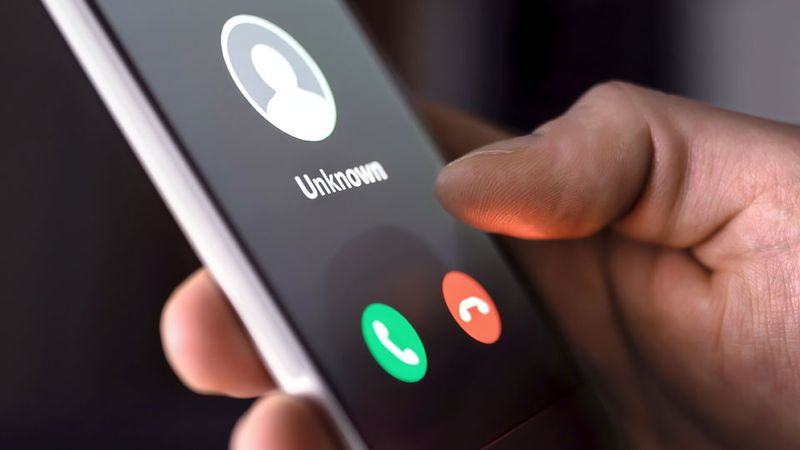
Slumber party entertainment peaked with random number prank calls guided by the White Pages. Giggling in our sleeping bags, we’d close our eyes, open the directory to any page, and place a finger down—that unsuspecting household would receive our practiced “Is your refrigerator running?” routine.
The residential listings provided endless anonymous targets. We developed elaborate codes to select victims: “Third column, fifth name down, unless it’s an elderly-sounding name.” Our juvenile humor seemed hilarious at midnight, though the annoyed adults on the receiving end surely disagreed.
Parents eventually caught on to these telephonic shenanigans. My friend Jenny’s mom implemented the “phone book lockdown” after complaints from neighbors, storing the directory on a high shelf during overnight gatherings. This analog mischief required actual human interaction—no hiding behind text messages or anonymous online comments like today’s pranks. You heard the immediate reaction to your juvenile jokes, sometimes learning hard lessons about respect from irritated adults.
15. Finding Your Crush’s Address
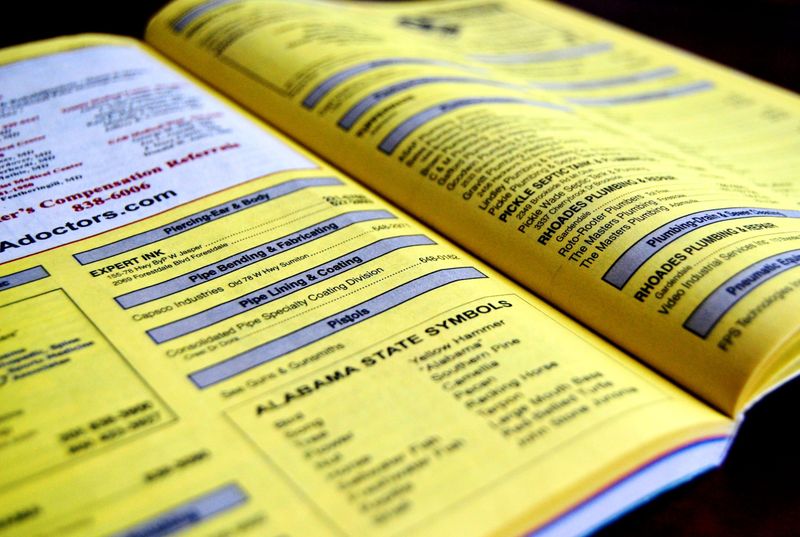
Teen detective work reached its peak when using the White Pages to locate your crush’s home address. My heart pounded as I secretly looked up Tommy Mitchell’s family listing, discovering he lived just four streets away—information that fueled weeks of “accidental” bike ride routes past his house.
This directory stalking required stealth and patience. You’d casually memorize their last name from school attendance calls, then hunt through residential listings at home. Finding multiple families with the same surname meant additional reconnaissance to determine which address belonged to your heart’s desire.
The most daring would use this intelligence for Valentine’s Day card delivery or Halloween “you’ve been booed” anonymous gifts. Parents remained blissfully unaware that the family phone book facilitated these innocent romantic missions. The directory provided just enough information to enable teenage crushes without today’s concerning level of personal data access—a perfect balance of mystery and discovery.
16. Balancing Wobbly Furniture
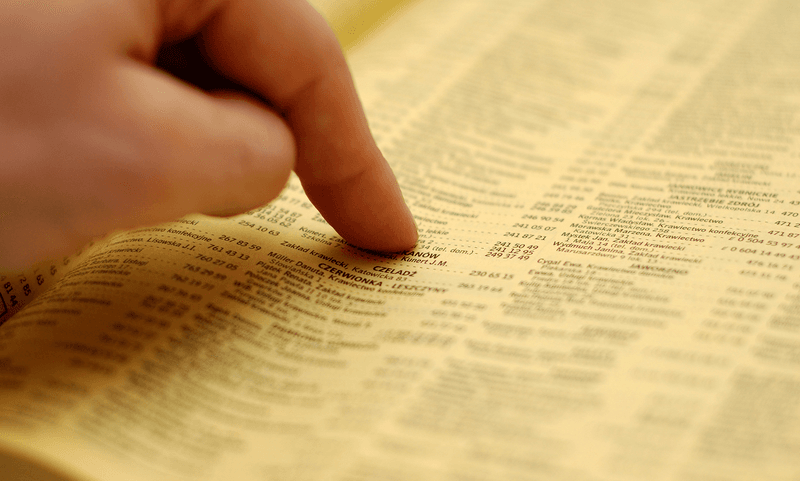
Uneven table legs met their match with strategically folded phone book pages! My college apartment featured a dining table perfectly leveled by Yellow Pages wedged under the short leg—a furniture hack passed down through generations of budget-conscious Americans.
The beauty of phone books for furniture leveling lay in their adjustability. You could add or remove pages to achieve the perfect height, creating custom shims with precision that store-bought solutions couldn’t match. The dense paper compressed just enough under weight without completely flattening.
Rental apartments across America featured these yellow furniture foundations. From wobbly washing machines to tilting bookshelves, the phone book solved structural problems without tools or expense. The pages eventually compressed into a solid mass that molded perfectly to the gap it filled—an organic solution that improved with time. When you finally moved out, that compressed wedge remained as testament to your practical ingenuity.
17. Looking Up How to Spell Difficult Words
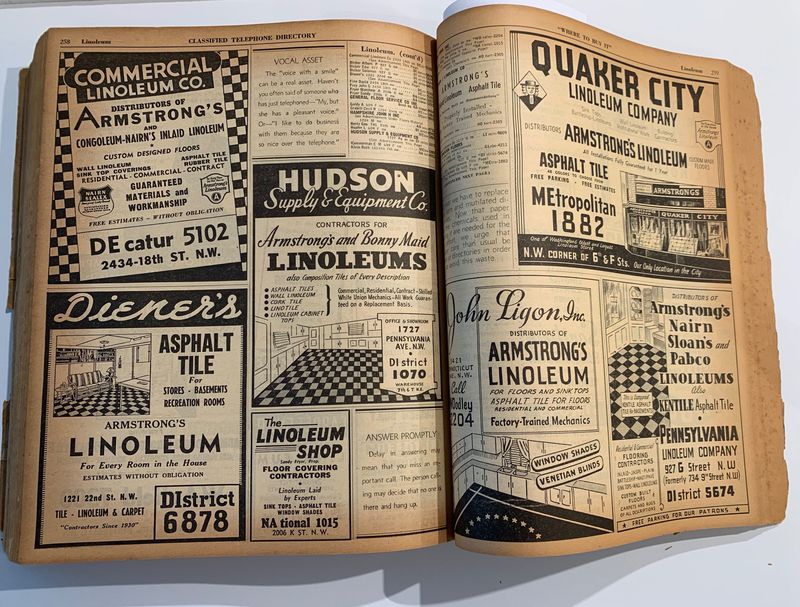
Before spellcheck existed, the White Pages doubled as our spelling dictionary! When writing thank-you notes after my tenth birthday, I wasn’t sure if “sincerely” had one ‘e’ or two, so Mom pointed me to the S-section of our phone book to find someone with that surname.
This spelling hack worked surprisingly well for common names and words. You could verify the spelling of “Schneider” or “Nguyen” by finding actual listings, learning proper spelling through practical examples rather than abstract rules. For words not found as surnames, business listings often contained occupations and services that provided similar guidance.
The residential pages became an unexpected educational tool. Teachers sometimes recommended this technique for homework help in households without dictionaries. “Look it up in the phone book” became a legitimate academic suggestion, turning a mundane household item into a literacy resource that improved writing skills while connecting young learners to their community through names and businesses.
18. Saving Your Place in Wet Shoes
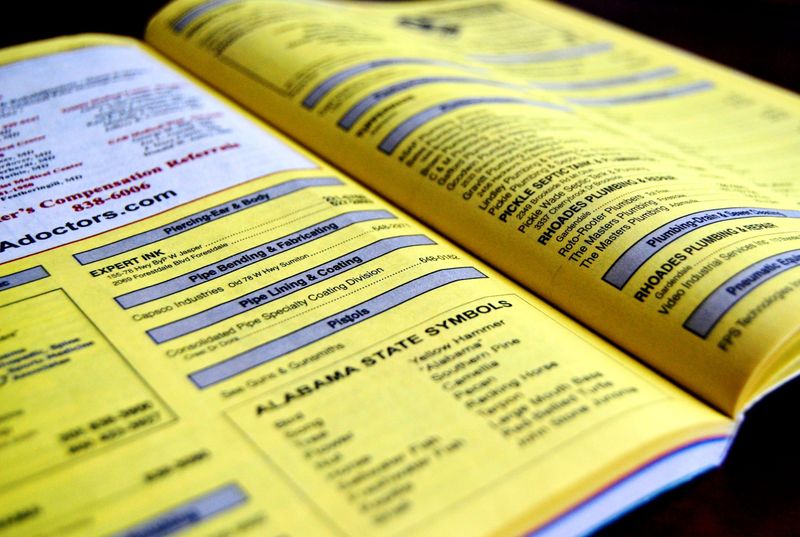
Soggy sneakers found their salvation stuffed with crumpled phone book pages! After an unfortunate puddle-jumping incident ruined my new Keds, Mom tore out chunks of the Yellow Pages, crumpled them loosely, and packed my wet shoes to maintain their shape while absorbing moisture.
This household hack spread through neighborhoods like folklore. The absorbent paper wicked water from damp footwear overnight, preventing the dreaded stiff, misshapen result of air-drying alone. By morning, your shoes would be nearly dry and perfectly formed, ready for another day of adventure.
Winter boots particularly benefited from this technique. After snow play, we’d stuff our salt-stained footwear with business listings, placing them near (but not too close to) the heating vent. The phone company unknowingly provided this shoe-saving service annually with each new directory delivery, just in time for slushy sidewalks and wet spring weather.
19. Measuring Your Growing Height
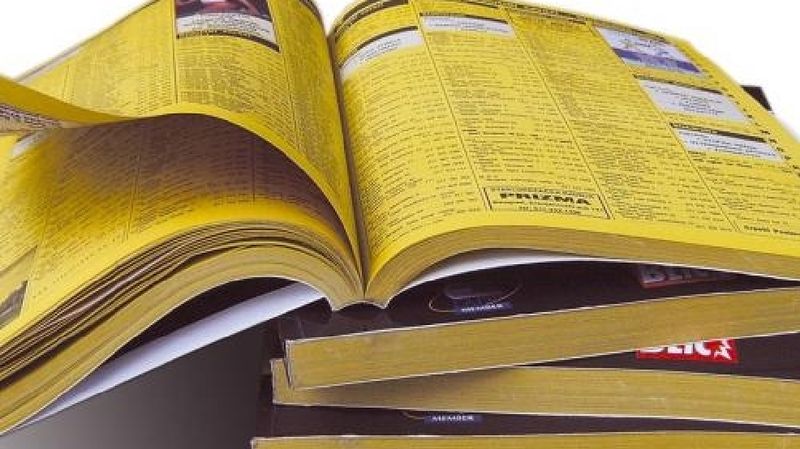
Stacking phone books created our family’s impromptu height measurement system! When Grandma visited and exclaimed how much I’d grown, Dad would grab the Yellow Pages collection, stacking volumes until they reached the top of my head—”Three and a half phone books tall this year, champ!”
This quirky measuring method became our growth tracker. Each year’s new directory would arrive, maintaining roughly consistent thickness that allowed for comparative height assessment. “Remember when you were barely two phone books tall?” became a nostalgic family reference point.
The varying thickness of different regional directories added delightful complexity to this system. The suburban edition measured differently than the metropolitan volume, creating conversion challenges when comparing heights with cousins from different area codes.
